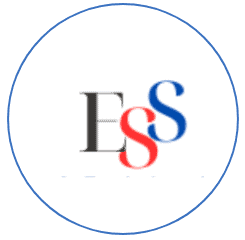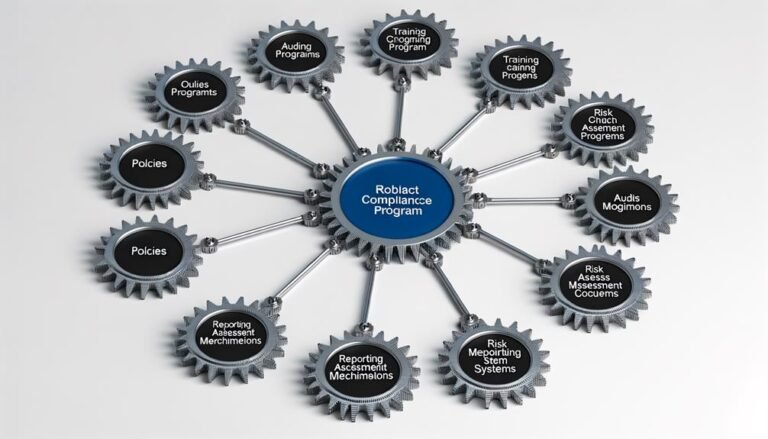Beyond Checklists: Smart Inspection Proactive Compliance
Checklists have long been the accepted instrument for audits and inspections in sectors where compliance is absolutely vital. Although they have their uses, they may fall short in allowing real-time changes or in capturing the whole spectrum of data. Businesses clearly need a more advanced approach as they face growing needs for improved performance, more consistent quality, and conformity to often changing laws.
Here is where a quality assurance app finds application. By including real-time data and clever analytics to enable companies to keep ahead of compliance concerns, these apps change conventional inspections. This paper will investigate how proactive compliance and improved business efficiency can be promoted by smart inspections transcending basic checklists.
The Drawbacks of Conventional Checklists
For decades, compliance management has extensively applied traditional checklists. They enable inspectors to rapidly confirm that particular tasks or processes have been carried out, therefore guaranteeing that companies satisfy particular requirements. But checklists are often reactive, giving a moment of compliance at one point in time instead of presenting analysis of more general trends or possible hazards.
A checklist might, for example, verify that safety gear is in place but not monitor continuous machine operation or notify authorities should a problem arise. Businesses may thus overlook early indicators of inefficiency or safety risks, so running the danger of more major issues down-range.
Although for some jobs checklists are still valuable, they lack the adaptability and suppleness required to handle the complexity of contemporary compliance criteria.
The Move toward Intelligent Inspections
Smart inspections mark a dramatic change in company approach to compliance. Technology including sensors, mobile devices, and cloud-based systems allows companies to conduct inspections with real-time operational intelligence.
These audits actively monitor data, examine trends, and offer instantaneous comments that can stop problems before they become major—they go beyond merely completing tasks.
One of the main advantages of smart inspections is their capacity to record ongoing data all through the process of inspection. Smart inspections give continuous updates that keep companies in the loop at all times instead of depending just on hand-made entries or occasional audits.
By means of this proactive approach, companies can guarantee faster changes and preservation of a better degree of compliance.
Analyzes and Real-Time Data
Smart inspections are notable for their integration of real-time data. Smart inspection systems can quickly highlight any problems or deviations from norms, instead of waiting for the completion of an inspection report. Industries that depend on machinery or equipment especially benefit from this since even little deviations from regular functioning can result in expensive downtime or safety events.
Using a quality assurance app, for instance, allows companies to track equipment performance and identify early malfunctioning indicators. Sensors track factors including temperature, vibration, and pressure; the system can notify an inspector should any of these readings deviate from allowed ranges.
Improving Productivity Using Automation
Still another major benefit of smart inspections is automation. Standard inspections can call for inspectors to manually enter data, mark items on a list, and subsequently produce reports. This technique can be labor-intensive and prone to human mistake. Many of these processes, however, are automated by smart inspection technologies, freeing inspectors to concentrate on other important chores.
A quality assurance app might, for example, automatically create reports depending on inspection data. It can also track development toward resolution of any problems, give alerts to pertinent teams, and arrange follow-up measures.
Automating these tasks helps companies to increase accuracy and efficiency, therefore enabling faster decision-making and more successful compliance management.
In essence, the change from conventional checklists to smart inspections reflects a major change in corporate compliance management. A quality assurance app lets companies go from reactive compliance management to a proactive, data-driven strategy. Compliance’s future is surely smarter, more linked, and more proactive, allowing companies to keep the best standards of quality and operational excellence by means of empowerment.








